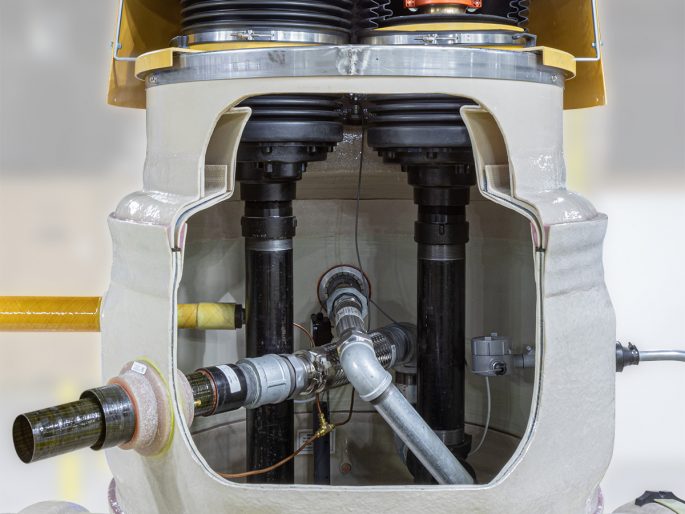The U.S. Environmental Protection Agency (EPA) requires that containment sumps and spill buckets be tested regularly to ensure they are liquid-tight. Here are 3 things stations and technicians need to know about completing testing so that it aligns with EPA requirements.
1. Testing deadlines differ.
Deadlines to complete the testing are different depending on when the containment equipment was installed and what state the station is located in. Stations in Indian Country must meet the federal requirements. Visit the EPA website to learn more about the federal testing requirements. Visit the Source website to reference Source’s State-by-State Guide to UST regulations.
2. The testing method must meet EPA requirements.
ASTM recently released a new standard, which is visual in nature, for spill bucket and sump testing (ASTM E3225-20). The EPA is emphasizing that this new standard does NOT meet the agency’s regulatory requirements for spill prevention and sump testing. While a visual inspection may alert operators to equipment issues that need to be corrected, it does not constitute an integrity test that will meet compliance requirements. The EPA provides more clarification about the testing requirement in this Q&A. Read this Source article about an EPA-approved alternative low-liquid level integrity test.
3. Early testing enables early corrective actions.
In a Fuels Market News article, a tank inspection company noted that it finds minor deficiencies at about 90% of the sites it visits every month. Following the EPA’s Pre-testing Checklist is a good way to get a jump on identifying and correcting problems. Issues identified at this juncture will likely cause a test failure. The agency recommends correcting such problems prior to compliance testing. Visit the EPA’s website to learn more about the agency’s spill prevention and containment sump testing requirements.




